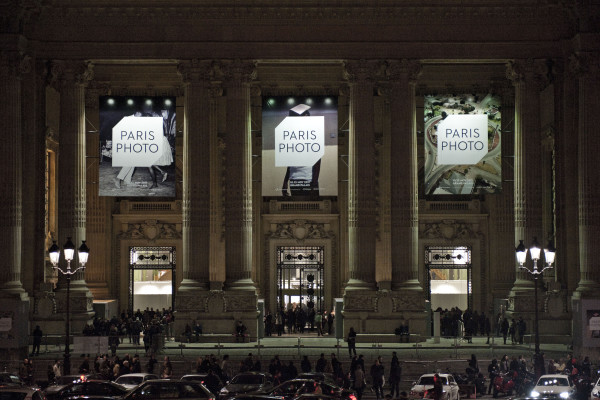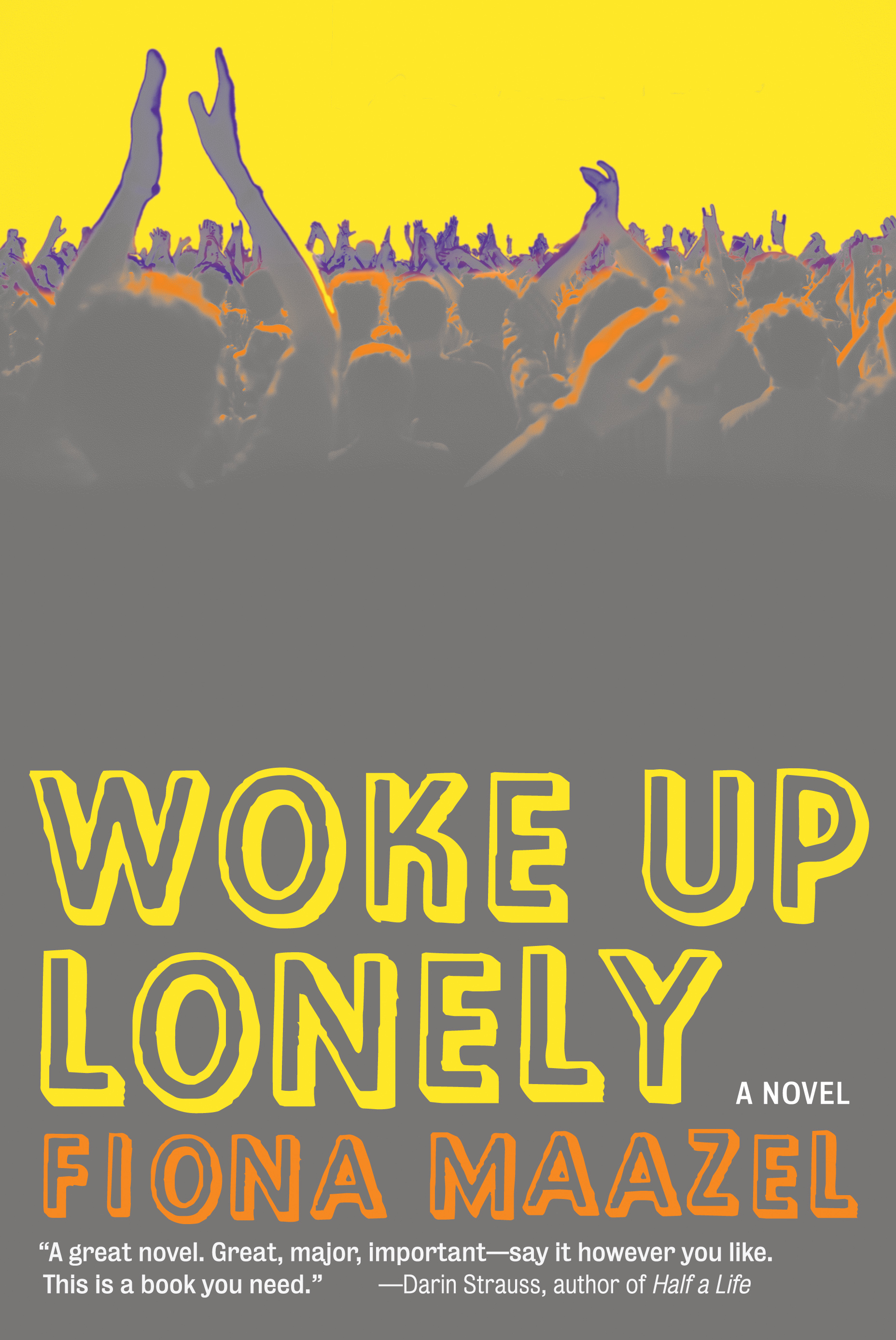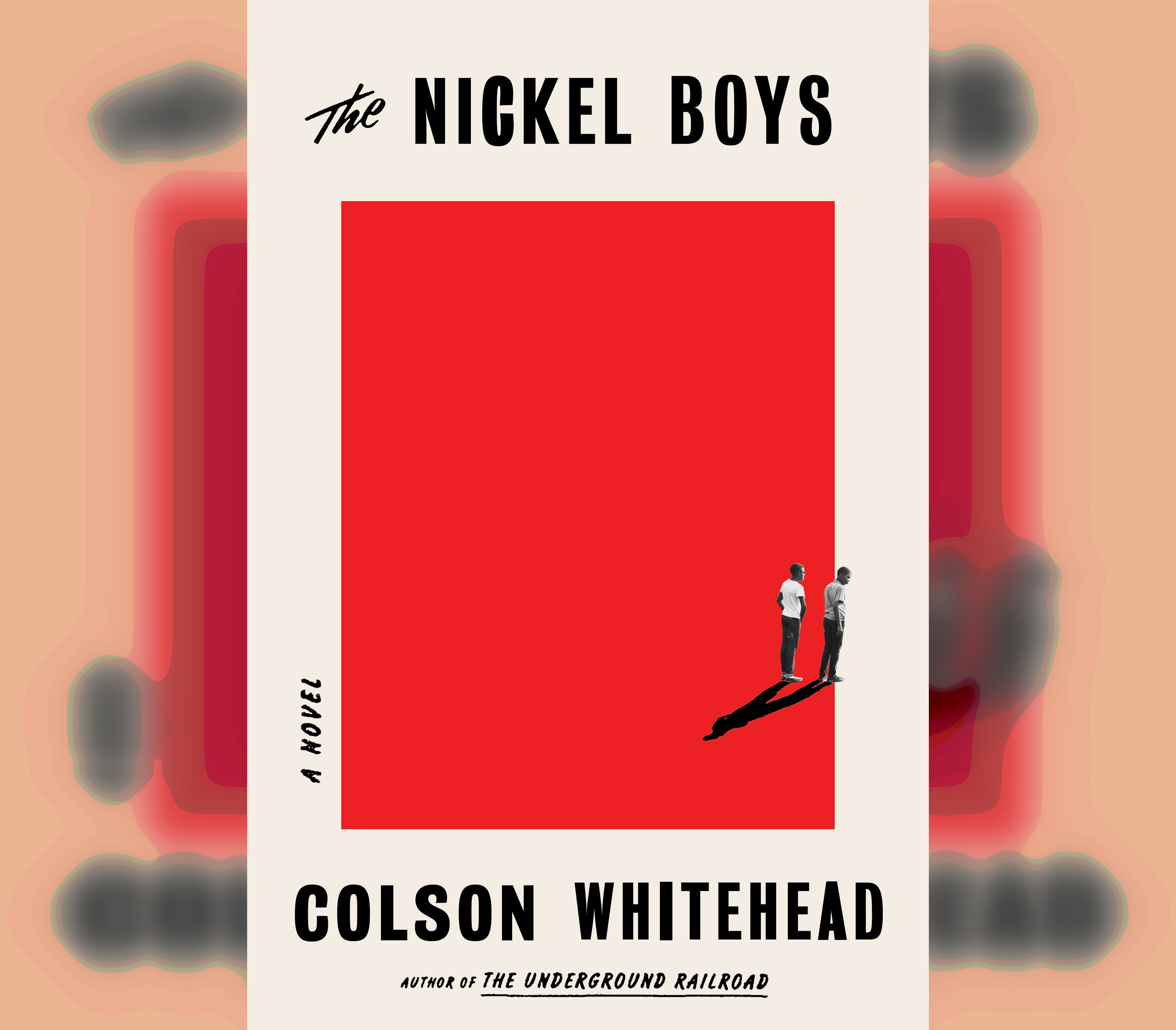Every year, photohysteria descends on Paris in the form of the world’s leading photography fair, Paris Photo. This November, the Grand Palais off the Champs Elysees played host. I wandered in to take on the works of 117 international galleries, and to find out what the buzz was about.
My starting point was Magnum, the legendary agency co-founded by Henri Cartier-Bresson. The fair’s theme, Africa, was represented by Ian Berry’s harrowing images of South African apartheid, and George Rodger’ 1950s study of the Nuba tribe in South Sudan. Hitler’s ex-protégé Leni Riefenstahl was so struck by Rodger’s naked warriors that she asked Rodgers where to find them, and photographed them to great acclaim. I was similarly impressed.
At the Stevenson Gallery, Viviane Sassen showed why she featured on the Paris Photo poster this year, and why she works successfully in high fashion. Neon-yellow butterflies in mud, a sleeping boy in fishing nets, overexposed flowers at night – there was an idiosyncratic dreaminess hinting at a vision of African photography that is both contemporary and versatile.
The Africa theme did not dominate this year’s fair – there was too much else on. In the mass of works, before my eyes glazed over, I was particularly struck by Vincent Stoker’s large-scale pictures of dramatically decaying buildings (outstanding despite the now familiar subject). Paul Graham’s end of age youths, and Richard Mosse’s strangely beautiful canyon pits also caught my eye, proving that large-scale formats were a definite trend this year.
I also noticed a renaissance of the great 20th century American photographers. Or did they ever go away? Several galleries showed Richard Avedon, Diane Arbus, (also on display in the Tuileries Gardens), and William Egglestone (who showed up for a frenzied book signing).
The fair’s curator Julien Frydman explained the diversity of the material on display saying, “We have to be able to highlight photography’s rightful place in art history, and to be able to move seamlessly from a discussion of Dubuffet to one of Brassaï’s graffiti pictures.”
Paris Photo highlighted the photograph’s infinitely flexible nature between documentation and creation. Still, do the pictures taken for the street fashion website “The Sartorialist” really qualify as art? What about a nude Kate Moss, or shots of protestors?
The 50,000 visitors did not seem to care, and many were busier taking their own pictures. The whole thing felt strangely circular. The market also seemed indifferent to such questions. Andy Warhol’s polaroids of Mick Jagger and Blondie, for example, sold well at $15,000 each. And Munich’s Daniel Blau gallery unearthed what was probably my favourite this year: a set of 1960s images of the lunar surface, taken by an unmanned NASA spacecraft. “The most expensive photographs ever taken” include a unique 3-D collage of negative strips, previously unwanted by galleries or collectors.
Brad Feuerhelm, director of the Daniel Blau London explained: “Everything comes to the market at some point. It’s just a matter of whether it’s appreciated before it’s scrapped.”
The next Paris Photo will take place in the Grand Palais between the 15th to the 18th of November 2012.
Tomek Jetski is a lawyer by day and a cultural blogger by night.



